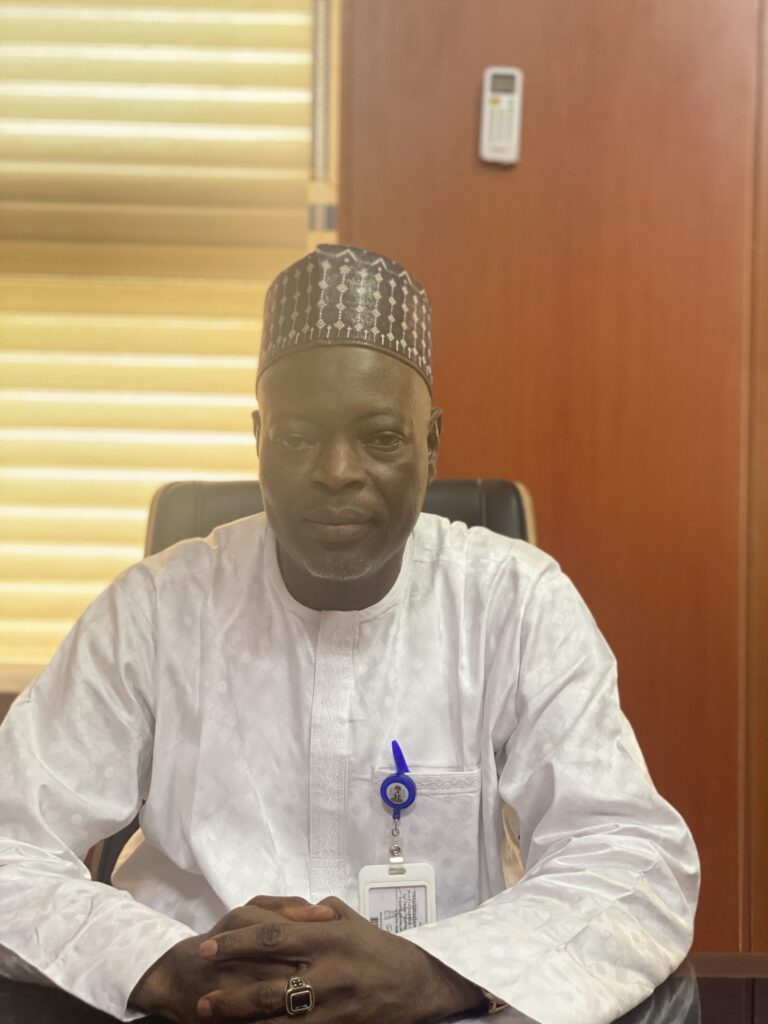Over the past several years the power sector in Ghana has experienced several challenges. A period of scheduled load shedding beginning in 2012/2013 and popularly known as “dumsor” lingered on until early 2016. This phenomenon was characterized by insufficient generation to meet load and resulted in costs estimated in one instance[1] to run up to about US $622million per annum to businesses and the economy and several companies were shut down and people lost jobs. During this period the Ghanaian end-user also saw a significant tariff increase going into 2016 which resulted in many businesses and those who could afford it resorting to self-generation using diesel gensets and in a few cases, solar generation, and causing a reduction in the grid-based load.
The power sector over the period has also been plagued by insufficient funds and the financial weakness of the state institutions in the sector, as well government’s inability to pay its electricity bills which resulted in a sector indebtedness of about US$ 2.50 million (approximately 10 billion Ghana Cedis) to generators and the financial institutions who were lending to the sector, even threatening the viability of the banking sector in the country.
Aging transmission and distribution infrastructure also led to problems in reliability in power supply, only compounding the issues ongoing with inadequate generation supply and the presence of ‘dumsor’.
Despite these challenges, however, by mid-2016, the ‘dumsor’ phenomenon had literally ceased due to investment by the Government of Ghana in quasi-emergency generation to ease the generation supply pressure.
Despite these challenges, however, by mid-2016, the ‘dumsor’ phenomenon had literally ceased due to investment by the Government of Ghana in quasi-emergency generation to ease the generation supply pressure. The terms of the power supply contracts for these generation plants were much longer than the typical two to three-year term for emergency plants, some running into five and 10-year periods, a situation that has helped to contribute to an excess of generation capacity in the country today. However the development of the Wholesale Electricity Market by Ghana, and it’s unique position in the West Africa Power Pool with several new transmission lines that cross into neighboring countries in the region (Ghana to Burkina Faso; Ghana to Togo to Benin) as well as existing arrangements for power supply to Côte D’Ivoire and Togo/Benin put Ghana in a prime position to participate in the wholesale electricity export market in the region, with the excess capacity that is available.
Regarding the finances of the sector, the Akuffo-Addo government that took over in 2017 made it a priority to resolve the financial crisis and indebtedness plaguing the power sector. In November 2017 Government floated the first tranche of the ESLA (Energy Sector Levy Act) Bond to the tune of 6 billion Ghana Cedis to raise money to clear outstanding energy sector debts. The total issuance under the overall 10 billion Ghana Cedi programme is currently 5.66 billion Cedis[2]. The monies raised were used to primarily clear the sector debts to the financial sector and was instrumental in averting a collapse of the banking sector. It is anticipated that the government of Ghana will attempt to raise the remaining funds under the programme in 2019. This will help to completely clear the sector debts and ensure the financial viability of the state-owned sector institutions as well as other actors in the power sector.
A key development in the strengthening of the power distribution subsector in Ghana is the recent introduction of private sector participation in the management and operations of the largest distribution utility in the country: Electricity Company of Ghana Limited (“ECG”), through the transfer of the assets and operations of ECG to Power Distribution Services Ghana Ltd…
Another measure currently underway which would go to further strengthen the players in the sector financially, is the implementation of the Cash Waterfall Mechanism. This is a methodology whereby plants would be dispatched strictly according to an economic merit order, and then each month the funds available for payment to generators whose power plants were dispatched during the month would be allocated according to the amount of MWh each one generated. The benefit of the Cash Waterfall Mechanism is that all generators get paid proportionately to the amount of power they generated and the payment of generators becomes more equitable when compared to the discretionary payment practice that had been taking place hitherto.
A key development in the strengthening of the power distribution subsector in Ghana is the recent introduction of private sector participation in the management and operations of the largest distribution utility in the country: Electricity Company of Ghana Limited (“ECG”), through the transfer of the assets and operations of ECG to Power Distribution Services Ghana Ltd, a majority Ghanaian owned (51%) private company, whose foreign technical partner is Manila Electric Power Company (“Meralco”) . This was part of the Ghana Power Compact entered into by the Government of Ghana and the Millenium Challenge Corporation (“MCC”) of the United States of America which is designed to among others foster private sector participation in ECG, promote retail competition and horizontal unbundling in the company’s service areas, promote regulatory efficacy and reduce the government’s financial burden on the power sector. The Ghana Power Compact will directly support the energy sector strategic objectives to achieve power supply sufficiency including exports to neighboring countries, and also supply power for new oil and gas based industries. The program objectives under Compact II will, therefore, focus on developing projects and initiatives that will address the constraints to the supply of adequate and reliable power.[3] Under the compact MCC is undertaking to invest potentially US$ 498.2 million and the GoG will invest US$ 37.4 million of its own funds in the initiative, bringing the total Compact value to US$ 535.6 million.
The power sector should also realize improved security in fuel supplies to power plants with the coming on-stream of ENI Ghana’s Sankofa Gas Project in 2018, which encompasses the development of the Sankofa and Gye Nyame gas fields located offshore of Western Ghana[4]. Gas from the project is expected to enable 1,000 MW of domestic power generation (approximately 40% of the country’s total installed generation capacity) and is a key component of the Government of Ghana’s gas to power initiative. Following the tie-in of the Ghana National Gas Company’s gas pipelines to the West African Gas Pipeline Company’s pipeline in April 2019 the much-anticipated and long-awaited reverse flow of the domestic gas supplies from the western part of Ghana to the eastern part of the country where currently the majority of the thermal power plants in the country are situated should take place, ending the dependence of most of these plants on other fuel sources such as light crude oil, diesel and heavy fuel oil.
The prospects for the Ghana power sector are bright, in light of the many developments mentioned above and others ongoing that will inure to the strengthening and viability of the sector overall.
[1] ISSER Ghana Social Development Outlook Report 2016
[2] ESLA Bond raises GHC5.66 billion; Ghanaweb: https://www.ghanaweb.com/GhanaHomePage/business/ESLA-bond-raises-GHC5-66-billion-681397
[3] “Ghana Power Compact”; Millennium Development Authority Ghana website: https://www.mida.gov.gh/pages/mca-program#fndtn-ghana-power-compact-4
[4] “Sankofa Gas Project, Tano Basin”; Offshore Technology.com: https://www.offshore-technology.com/projects/sankofa-gas-project-tano-basin/







